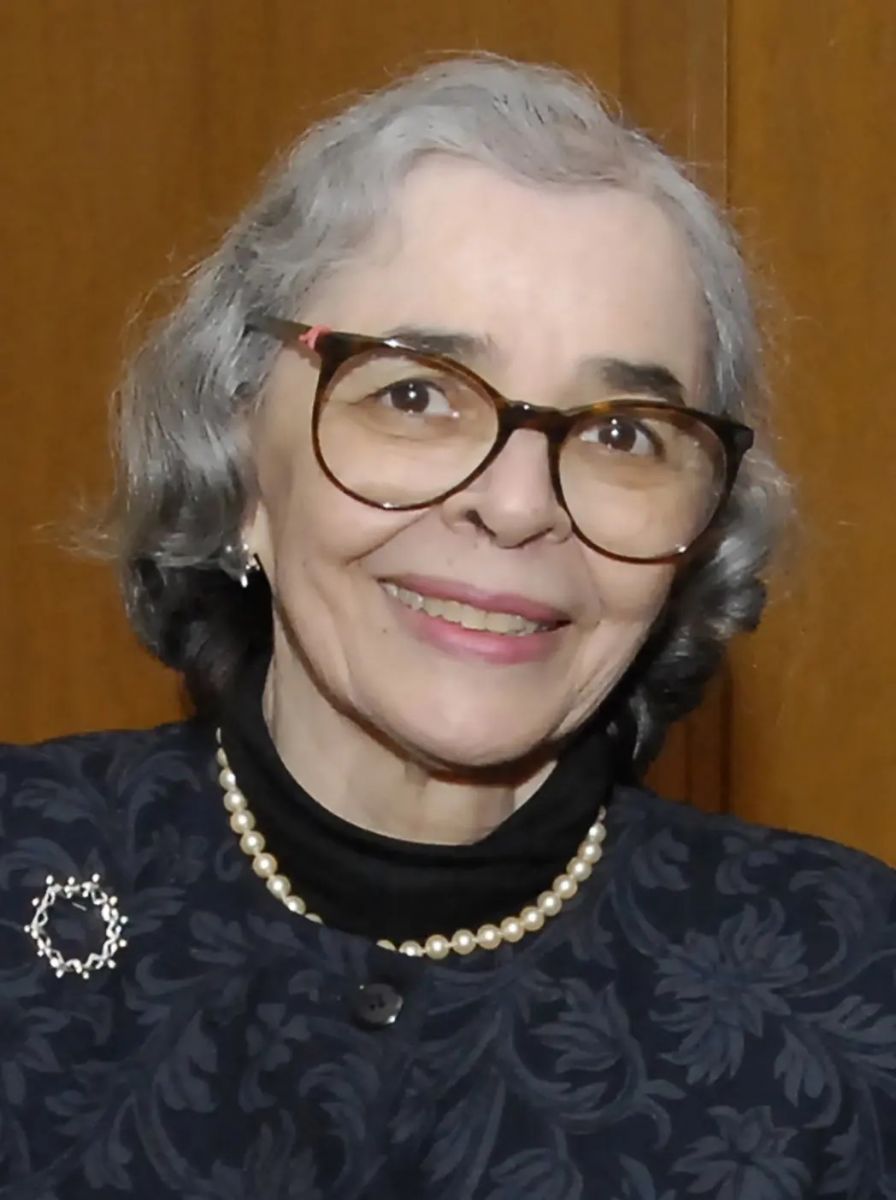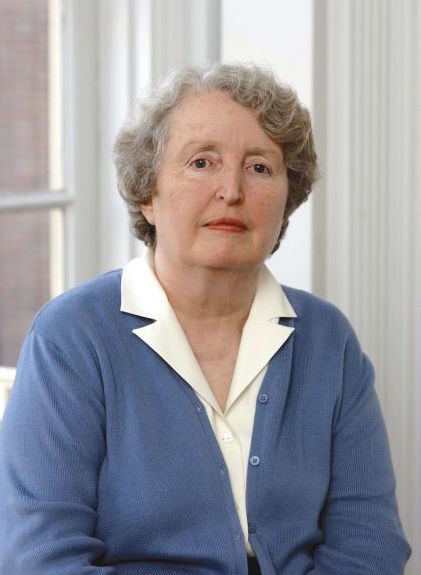HPC Resources
The YCRC hosts and maintains a number of high performance computing systems for the Yale research community. The YCRC provides research groups with access to compute resources and storage on the clusters. Each cluster has common compute resources and limited amounts of storage in home, project, and short-term scratch directories. Additionally, research groups may purchase dedicated compute resources or storage on the clusters beyond the base allocation. Detailed information on the systems can found in our User Documentation.
High Performance Computing Clusters
Grace
Grace is a general purpose cluster for the Yale University Faculty of Arts and Sciences, as well as a number of the professional schools. The cluster is named after United States Navy Rear Admiral Grace Murray Hopper, who received her Ph.D. in Mathematics from Yale in 1934.
McCleary
McCleary is a shared-use cluster for researchers in life science domains, including the Yale School of Medicine. McCleary also provides dedicated computational resources for the Yale Center for Genomic AnalysisThe cluster is named after Beatrix McCleary Hamburg, who received her medical degree in 1948 and was the first female African American graduate of Yale School of Medicine.
Milgram
Milgram is a shared-use cluster specifically for research involving sensitive data, such as PHI data or data subject to data use agreements. The cluster is named after Stanley Milgram, who was a psychologist who researched the behavioral motivations behind social awareness in individuals and obedience to authority figures. He conducted several famous experiments during his professorship at Yale University including the lost-letter experiment, the small-world experiment, and the Milgram experiment.
Misha
Misha provides dedicated computational resources for the Wu Tsai Institute, as part of the core facility of WTI’s Center for Neurocomputation and Machine Intelligence. Misha is named after Misha Mahowald, a pioneer in neuromorphic computing and neural computation who developed the "silicon retina."
High Performance Storage Systems
Gibbs
Gibbs is a parallel storage system that serves researcher purchased storage to all of our non-sensitive data clusters. Gibbs is named after Josiah Willard Gibbs, who received the first American doctorate in engineering in 1863 from Yale. He was an American scientist who made significant theoretical contributions to physics, chemistry, and mathematics. In particular, his work in statistical mechanics was fundamental to the development of the physical chemistry scientific domain.
Palmer
Palmer is a flash storage system that serves the Grace, Farnam and Ruddle clusters. Palmer is named after Margaretta Palmer. In 1892, Palmer was in the first group of women admitted to the Yale Graduate School and in 1894 she was among the first seven to earn a Yale Ph.D. She was also one of the first woman in the world to receive a doctorate in astronomy. Prior to her time at Yale she was a protege of Maria Mitchell. She went on to work the rest of her life at Yale University Observatory (now the Leitner Family Observatory and Planetarium) as a researcher assistant and eventually a lecturer at Yale.
Slayman
Slayman is a parallel storage system that serves researcher purchased storage to the Grace and Farnam clusters. Slayman is named after Carolyn Walch Slayman, who was a Yale geneticist, administrator, and former YCRC Steering Committee Chair. She was known for her research on biochemistry of membrane transport, her mentorship, and her help in creating research programs and core facilities at Yale, including the YCRC.
Radev
Radev is a parallel storage system for data that supports advanced computation on the Misha cluster and collection of neural data by Wu Tsai Institute researchers. Radev is named in honor of Dragomir Radev, a Yale professor who carried out research at the forefront of artificial intelligence and natural language processing.